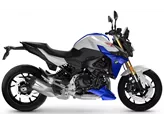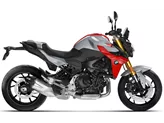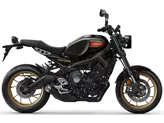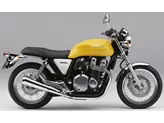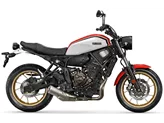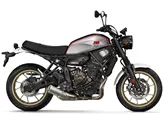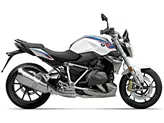Yamaha XSR900 2016 vs. BMW F 900 R 2020

Yamaha XSR900 2016
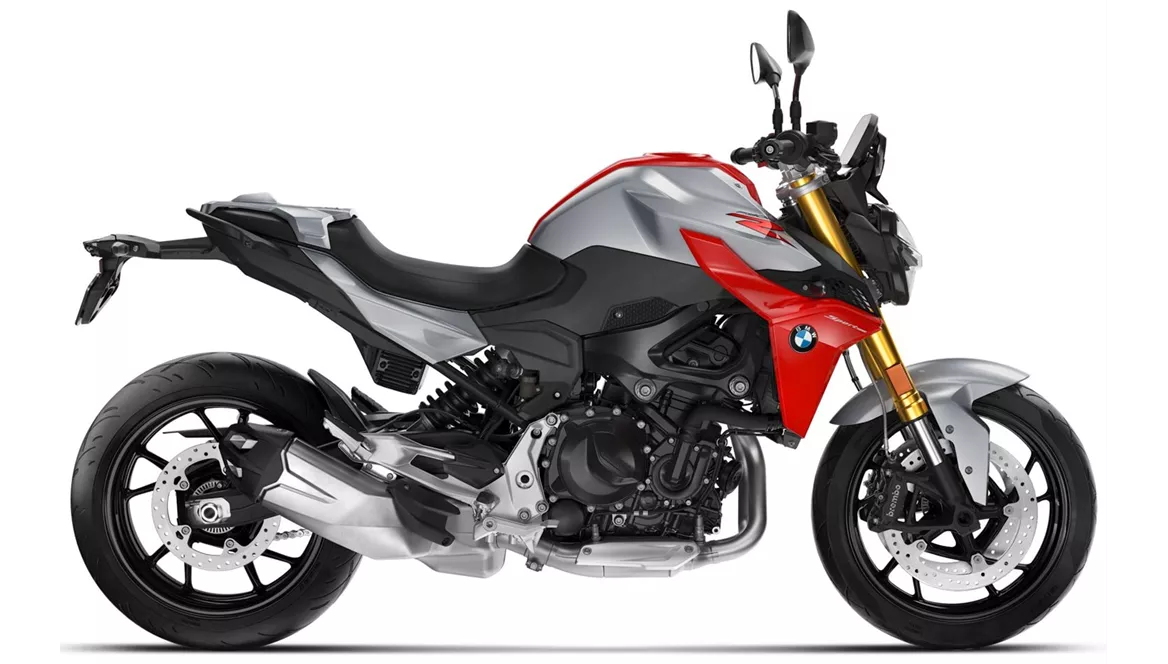
BMW F 900 R 2020
Overview - Yamaha XSR900 2016 vs BMW F 900 R 2020
The Yamaha XSR900 2016 and the BMW F 900 R 2020 are both naked bikes with similar technical specifications, but there are some notable differences between the two models.
In terms of engine and drive train, both bikes have an inline engine, but the Yamaha XSR900 has a slightly higher engine power of 115 HP compared to the BMW F 900 R's 105 HP. The torque is also higher on the Yamaha XSR900 at 87.5 Nm, while the BMW F 900 R has a torque of 92 Nm. The Yamaha XSR900 has three cylinders, while the BMW F 900 R has two cylinders. Both bikes have liquid cooling and a displacement of around 900 cc.
In terms of suspension, both bikes have upside-down telescopic forks in the front and a swing arm with a monoshock in the rear. This provides good stability and handling for both models.

Yamaha XSR900 2016
The chassis of the Yamaha XSR900 is made of aluminum and has a twin tube frame, while the BMW F 900 R has a steel frame with a twin tube, load-bearing engine design. Both frames offer good stability and durability.
In terms of brakes, both bikes have double disk brakes in the front, but the BMW F 900 R has larger diameter disks at 320 mm compared to the Yamaha XSR900's 298 mm. This gives the BMW F 900 R slightly better braking performance.
Both bikes have advanced rider assistance systems such as ABS, which ensures safe braking. The BMW F 900 R also has additional features like anti-slipping control and riding modes, which provide enhanced control and customization options.
In terms of dimensions and weights, both bikes have the same front and rear tire widths and diameters. However, the BMW F 900 R has a longer wheelbase at 1518 mm compared to the Yamaha XSR900's 1440 mm. The seat height is the same for both models at 815 mm. The BMW F 900 R is slightly heavier with a curb weight of 211 kg compared to the Yamaha XSR900's 191 kg. The fuel tank capacity is also slightly smaller on the BMW F 900 R at 13 liters compared to the Yamaha XSR900's 14 liters.
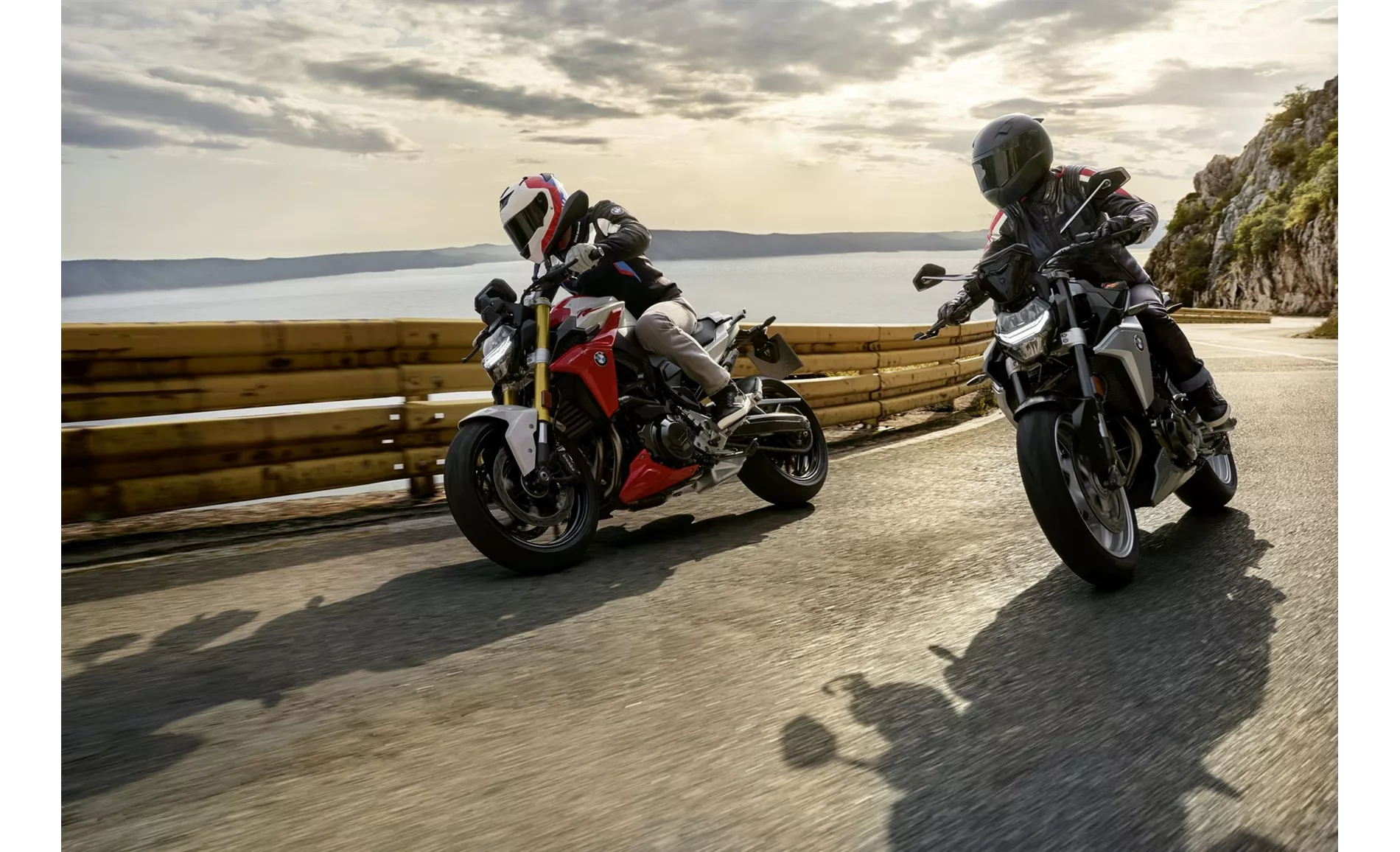
BMW F 900 R 2020
In terms of strengths, the Yamaha XSR900 has a powerful engine, well-tuned riding modes, and standard ABS and TC. It also has an authentic modern design and clean workmanship. On the other hand, the BMW F 900 R is praised for its easy handling, high stability, and chassis with fine response. It has a well-behaved engine and brakes without any issues. The seating position is active yet bearable, and it has an infinitely long list of accessories available.
In terms of weaknesses, the Yamaha XSR900 has a hard chassis and the seat could be more comfortable. Additionally, the speedblock design is already seen on many other models, which may not be as unique. The BMW F 900 R has a smaller fuel tank capacity at 13 liters, which may require more frequent refueling. However, the engine performance is still good.
Overall, both the Yamaha XSR900 2016 and the BMW F 900 R 2020 are capable naked bikes with their own strengths and weaknesses. The choice between the two would depend on individual preferences and priorities.
Technical Specifications Yamaha XSR900 2016 compared to BMW F 900 R 2020
Pros and Cons in comparison
Pros and Cons in comparison
Yamaha XSR900 2016

The XSR900 combines the performance of a sporty streetfighter with the look of a pleasing, cleanly finished retro naked bike. In doing so, the Japanese make use of their own history, which can be found bundled and without gaps in the archive of the design agency that has been working for Yamaha for 60 years. It adopts the virtues of the MT-09 and has mended some of its weaknesses. It rides more harmoniously, more controlled and, if desired, more relaxed. Only the comfort, and thus the rider, suffers from the tight chassis on bad roads. You have to be a little bit sensitive when it comes to a neo-classic.
BMW F 900 R 2020
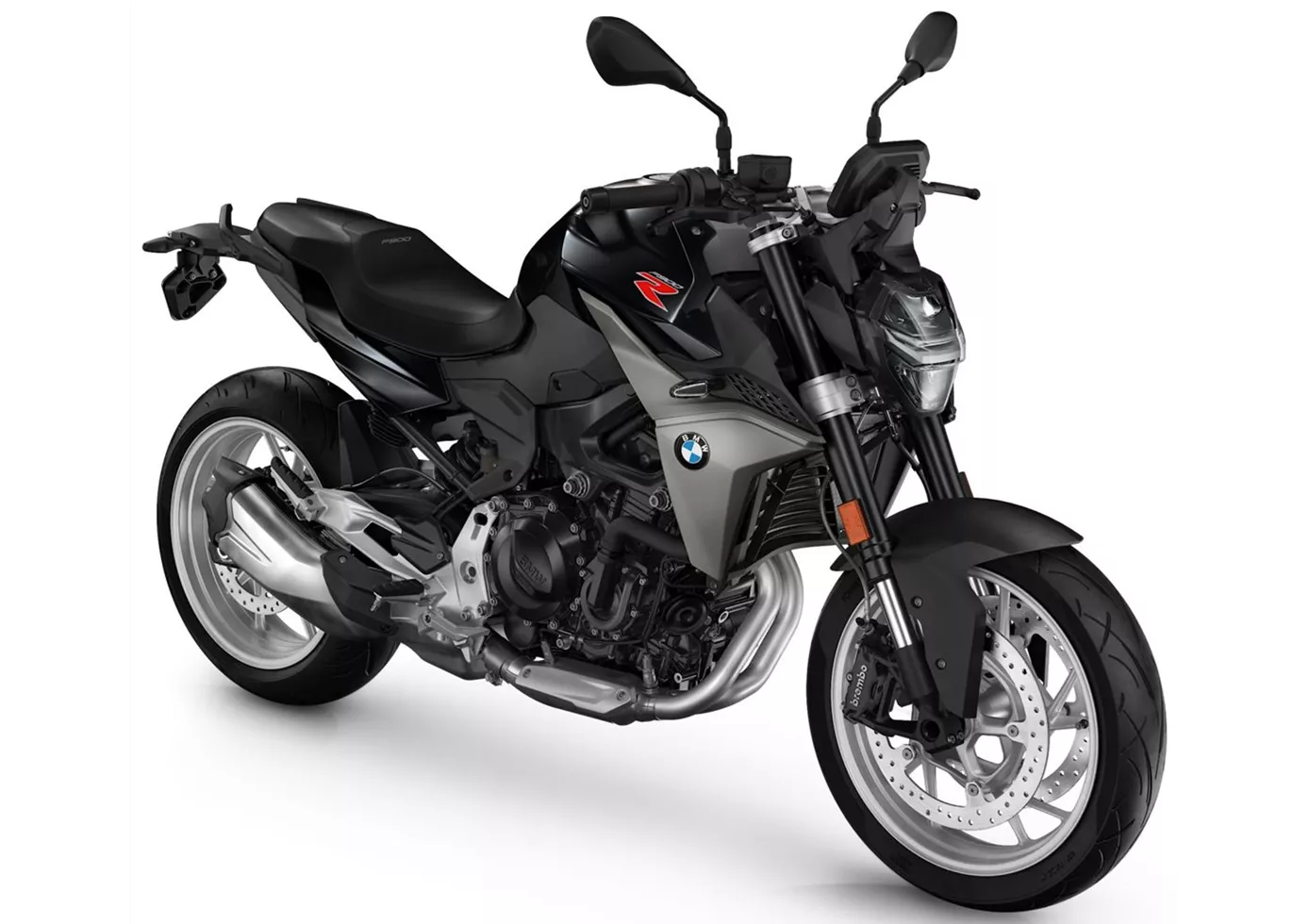
The BMW F 900 R offers easy-to-use cornering fun, enormously high stability, an active yet comfortable riding position and a smooth but also unemotional engine. Those who like it fast and twisty will be happy with it. The possibilities for configuration are almost endless but of course not free of charge.
Price Comparison Avarage Market Price Yamaha XSR900 vs BMW F 900 R
There are a few key differences between a Yamaha XSR900 2016 and a BMW F 900 R 2020. In terms of price, the actual average price of a BMW F 900 R 2020 is about 42% higher. A Yamaha XSR900 2016 experiences a loss of 1,680 GBP in one year and 1,690 GBP in two years of ownership. This is offset by a loss of 710 GBP and 710 GBP for a BMW F 900 R 2020. Compared to BMW F 900 R 2020 there are less Yamaha XSR900 2016 bikes available on the 1000PS.de Marketplace, specifically 5 compared to 14. It takes less time to sell a Yamaha XSR900 with 77 days compared to 82 days for a BMW F 900 R. Since model year 2016 1000PS.de editors have written 30 reviews for the Yamaha XSR900 and 24 reviews for the BMW F 900 R since model year 2020. The first review for the Yamaha XSR900 was published on 25/11/2015 and now has more than 17,600 views. This compares to more than 154,700 views for the first review on BMW F 900 R published on 05/11/2019.







